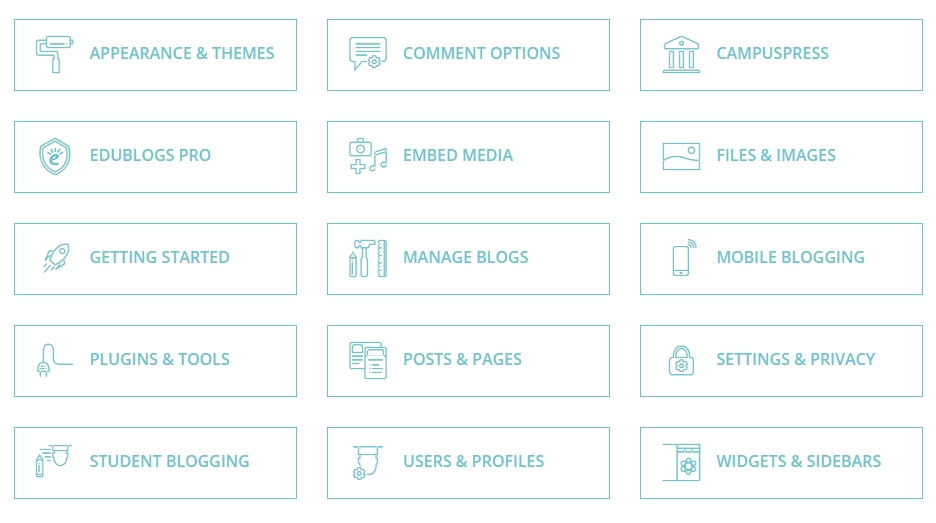A small credit union that still keeps manual ledgers wants an online banking system, but can't afford one.
These are just some of the reasons why companies decide not to adopt new technology.
When these decisions are made, they fly in the face of conventional wisdom—which is to adopt new technology at a rigorous pace to avoid losing competitive edge.
CIOs and IT and business managers understand the importance of keeping up technologically —but they also understand that they have to be in a position to fully exploit their technology investments.
There are actually good reasons to delay technology adoption. Here are four questions to ask during the decision making process.
How does the technology fit with your business?
If you're a muffler shop, you'll need an online database of customers and vehicles, order/invoice system, inventory system, HR system, financials and internet connections—but you might not need to write my personal statement or to be deploying mobile or RFID apps, and social media and website traffic analytics might not be high on your priority list, either. Not every business needs every new technology that's out there. If a new technology can't help your business, don't invest in it.Will your management team support delayed adoption?
One of the easiest things for a CFO to say to a CIO is, "We can't afford it," when it comes to new technology adoption. But equally challenging for a CIO can be senior management (including the CFO) wondering why you aren't recommending adoption of the latest technology.This is where it's important for the CIO to explain in business terms why it's best for the company to pass on a technology investment.
When I was a corporate CIO, we had a remote engineering site in Texas. The CEO and the engineering VP thought it would be an excellent idea to invest $20,000 into a video system for collaboration, but further investigation revealed that the system would only be used once monthly. Our recommendation was to defer the investment until demand for its services increased, and to rent videoconferencing at a nearby facility when it was needed. Management agreed.
Is the technology stable and reliable?
Smaller companies in particular are fearful of new systems until someone bigger (and with more resources) burns them in. This is a wise approach for small companies, because you just can't afford the frustration and the downtown when buggy systems are delivered and you have no one internally to work with the vendor and troubleshoot issues.How delayed should your adoption be?
One of the keys to a delayed adoption strategy is projecting when it will be timely for your company to adopt the technology—or if you anticipate that there will never be a time to adopt it. If you and your management have a clear vision on when it will be time to adopt, it is much easier to promote the idea of a technology deferral. Common reasons for deferring technology adoption are: waiting for the price to drop; waiting for the technology to mature; waiting for the right business case in your company to emerge that warrants adopting the technology.The common theme to all of these scenarios is that it's okay to take your time in the adoption of a new technology.
